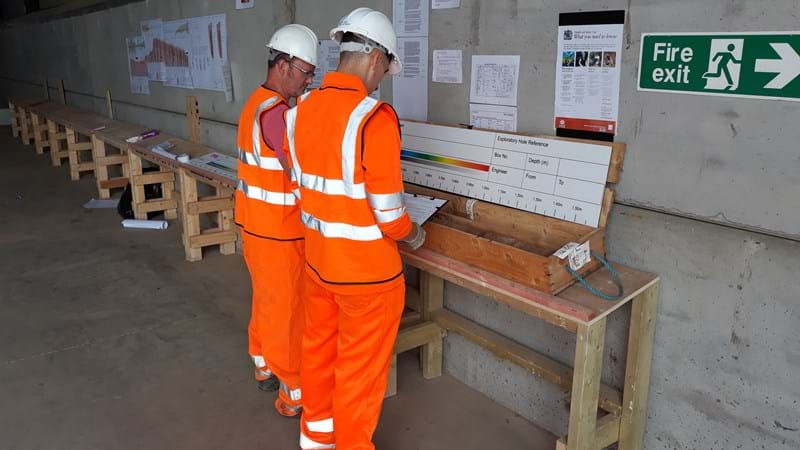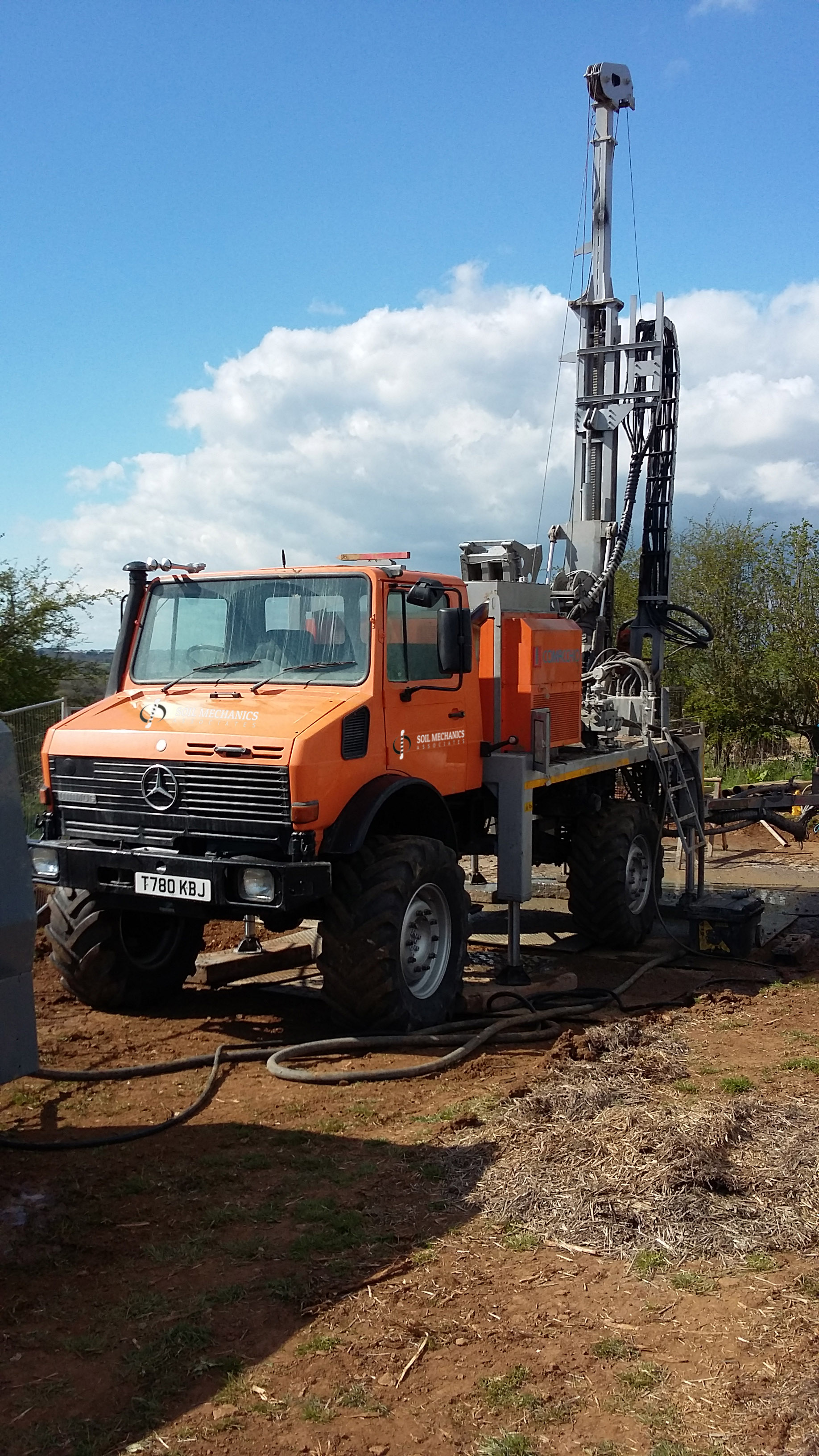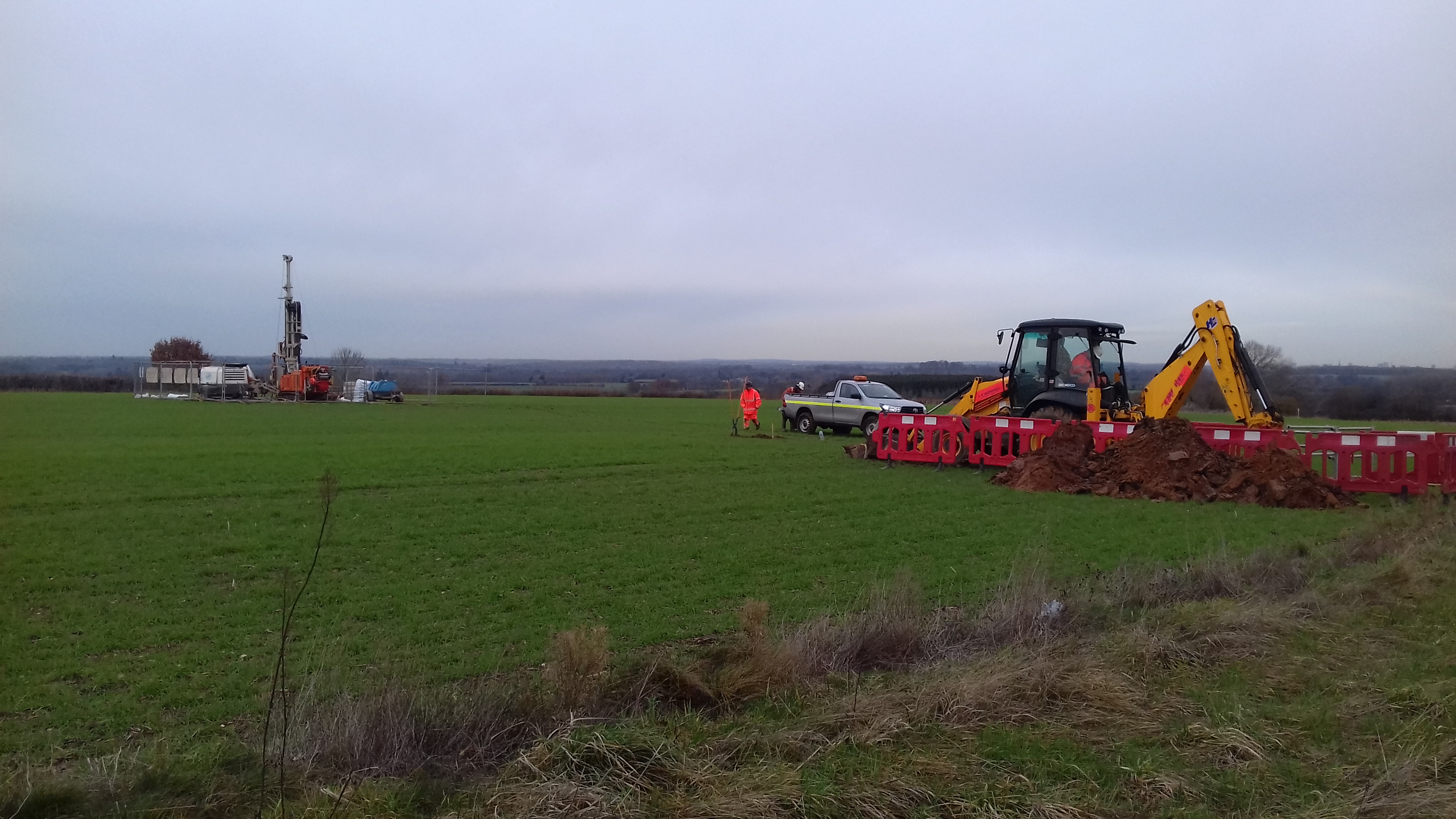Ground investigations - behind the cones
Published
17 Sep 2020
August saw the re-start of our ongoing ground investigation works along the proposed route of the scheme. The next phase will focus on Countess roundabout where lane closures will be in place to protect our workforce

Share this article
If you’re wondering what exactly happens behind the scenes, we’ve put together this short guide.
First – so what are ground investigations – or GI for short?
Put simply, it’s about discovering more about what’s underneath our feet at different locations. This type of work will provide us with soil and rock samples. We also measure groundwater levels too.
Why is GI important?
Soil and rock form the structural foundation for most construction work, so knowing what is where is important. The samples and data collected from the ground determines technical aspects of the design, and helps us to avoid any hidden surprises during construction - so we can build more efficiently and safely.
We’ve been doing ground investigations over a number of years. Initially these fed into the design of the scheme that we submitted in our Development Consent Order (DCO) application. Now we need more in-depth data – and in some cases at different locations. This will give us a more comprehensive understanding.
How do you do it?
We use different methods to collect the ground samples needed for testing – ranging from drilling boreholes deep into the ground to digging much shallower trial pits.

Boreholes
Depending on the hardness of rock, we use two types of machinery to make the boreholes.
Cable percussion boreholes
The most common technique used for drilling through soft rock and soils. A 7-metre-tall tripod frame drills up to 15 metres deep.
Rotary core boreholes
A mobile rig with an 8-metre-tall mast uses a rotating drill to bore through hard soils and rocks up to 70 metres deep.
The boreholes are approximately the size of a dinner plate - no bigger than a foot in diameter. We’ll be drilling more than 40 across many different locations and depths.
Before we drill any boreholes – an archaeologist will assess whether there’s anything of archaeological significance, by digging a shallow trench at each of the borehole locations. No drilling will take place until we’re given the ok.
What happens to the holes you’ve drilled?
The ground samples we collect are taken from below the surface and tested to discover their properties. Depending on the location of the borehole we’ll either fill the hole in, or we’ll install instruments that help us monitor ongoing ground water levels
We’ve been collecting ground water level data from some of the existing boreholes we’ve drilled during previous phases
Trial pits
Trial pits are dug both by hand and mechanically, and provide soil samples for laboratory testing. Mechanically dug trenches can be up to 4.5 metres deep whereas hand dug trial pits are usually less than 1.2 metres deep. We’ll be digging over 30 of them. Soil samples collected are then sent to a lab for testing.

How do you test the samples?
Laboratory testing is divided into two broad categories: physical and chemical.
Physical tests
Provide information on the strength of different soil and rock types and whether this varies naturally.
Chemical tests
Tell us how the soils and rocks could affect construction materials. Testing can also reveal if there’s any contamination beneath the surface.
What do you do with the information?
Data collected will be shared with the companies bidding to build the scheme who can then make sure their proposals are based on the latest accurate information.
What will I see?
You’ll see our drilling rigs, barriers and traffic cones on Countess roundabout and its approaches to protect our workforce, and weekday lane closures.
